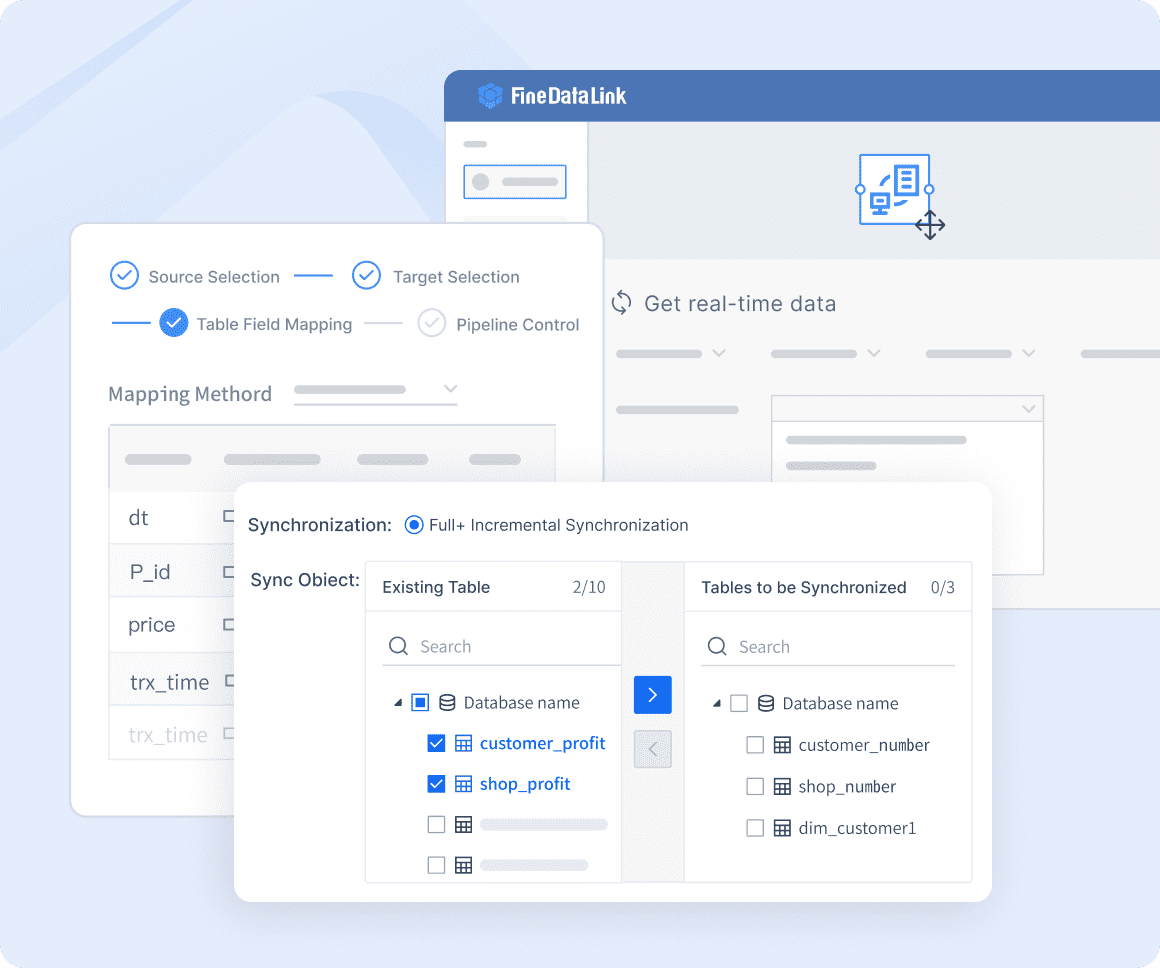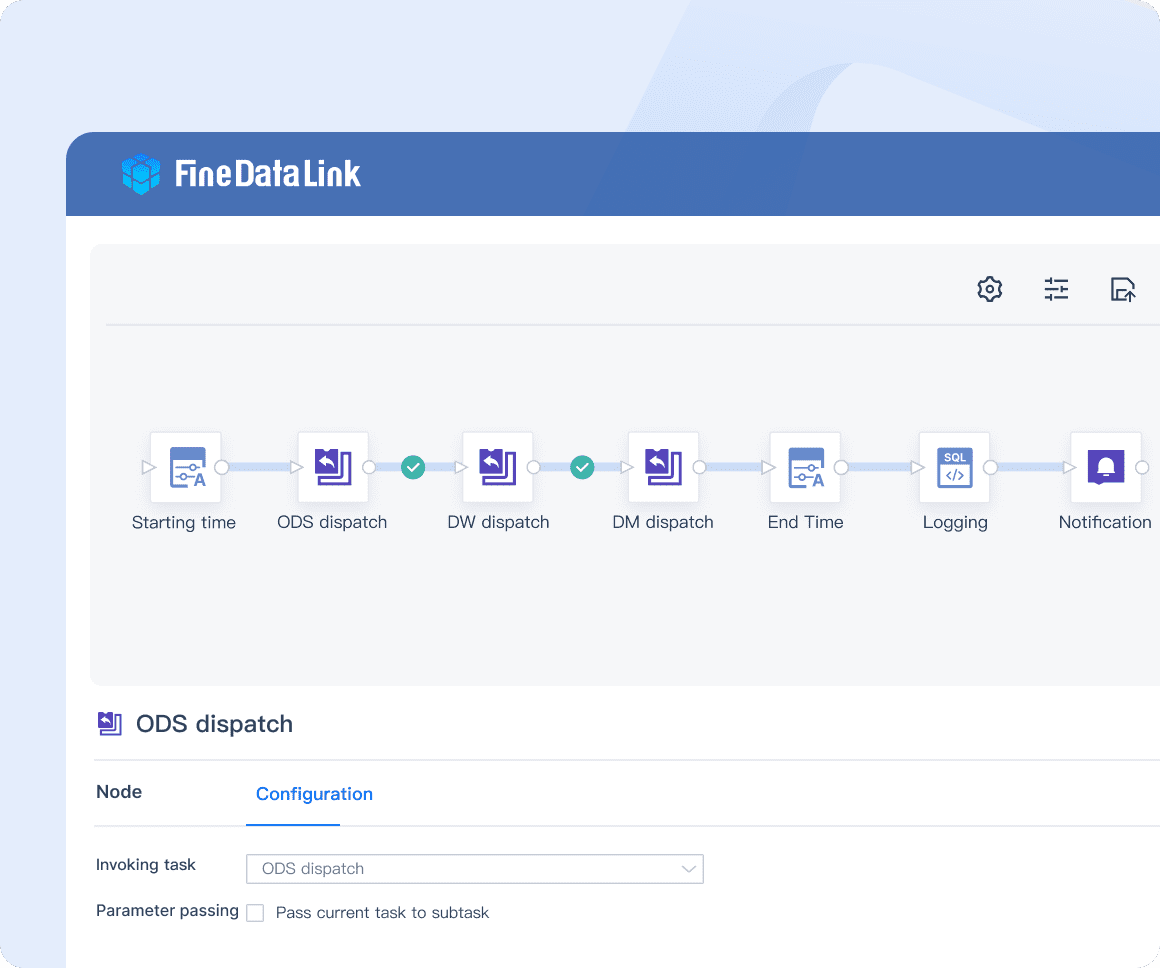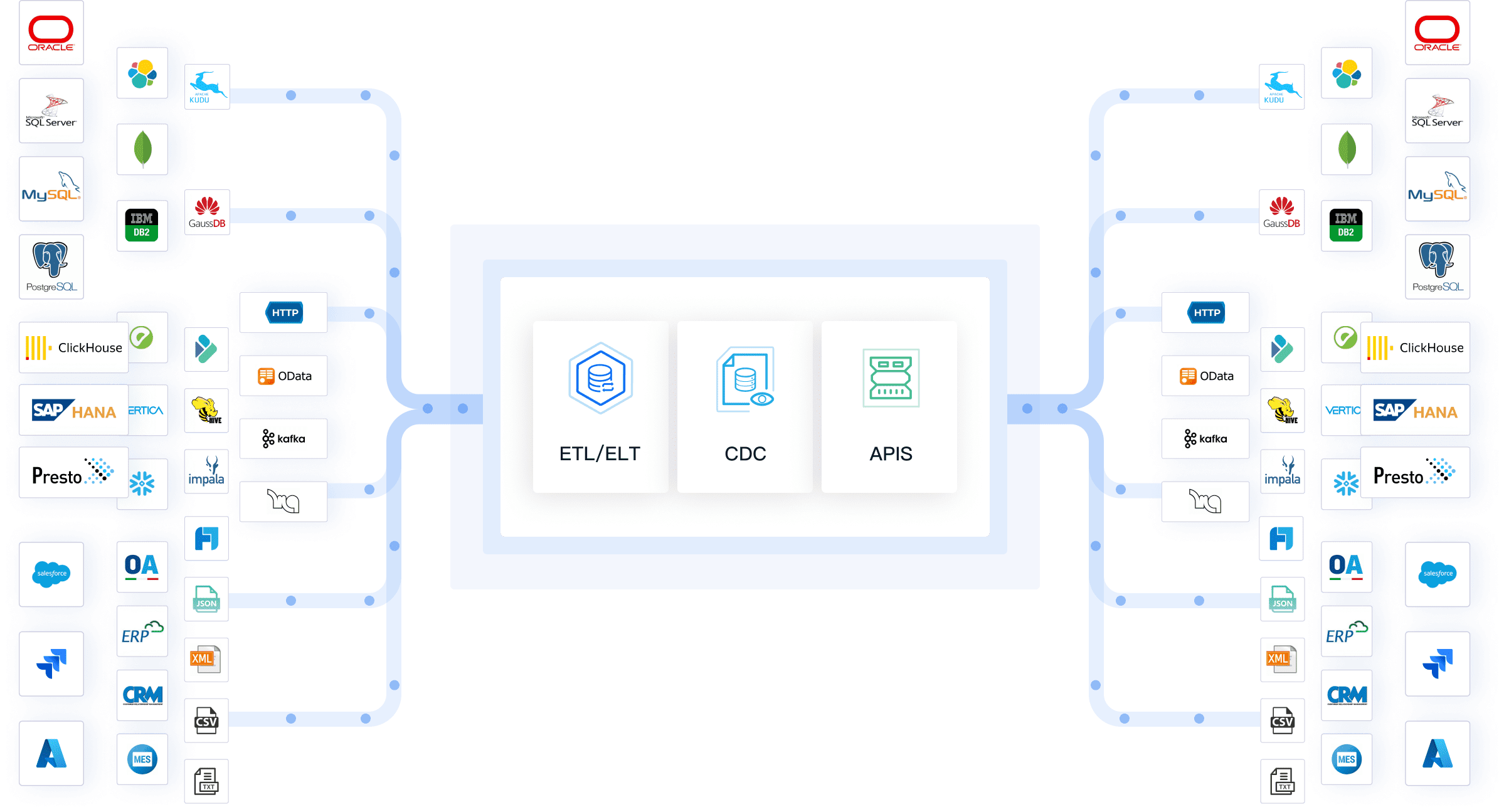Excel users understand the significance of data validation excel in maintaining accuracy and consistency within spreadsheets. By controlling input, this feature ensures data integrity, a crucial aspect of effective data management. This blog provides a comprehensive guide on adding, modifying, and removing data validation excel, empowering users to optimize their Excel experience. Emphasizing the benefits of utilizing data validation, it aims to enhance user proficiency and streamline data processes.
Adding Data Validation Excel
When adding data validation excel to your spreadsheets, you are taking a proactive step towards ensuring the accuracy and reliability of your data. By following a few simple steps, you can implement validation criteria that will control the input in specific cells, ultimately enhancing the integrity of your Excel documents.
Steps to Add Data Validation Excel
Selecting the Cells
To initiate the process of adding data validation excel, begin by selecting the cells where you want to apply these criteria. This selection sets the stage for defining the rules that will govern what type of data can be entered into those cells.
Opening Data Validation Dialog Box
Once you have chosen the target cells, proceed by opening the Data Validation dialog box. This dialog box serves as your gateway to customizing the validation criteria based on your specific requirements and preferences.
Setting Validation Criteria
Within the Data Validation dialog box, you can set precise validation criteria tailored to your needs. Whether it's restricting input to a certain range of numbers or dates, or creating a dropdown list for selection, this step allows you to define how data should be entered into each cell.
Examples of Data Validation Excel
Number Validation
Implementing number validation ensures that only numerical values within a specified range are accepted in designated cells. This feature is particularly useful when dealing with financial data or any information that requires quantitative input.
Date Validation
Date validation enables you to control entries related to data, guaranteeing that only valid date formats are permitted in selected cells. By setting date constraints, you can prevent errors and inconsistencies in date-related records.
List Validation
List validation offers users a convenient way to restrict input options by providing a predefined list of choices. This feature simplifies data entry processes by offering a selection mechanism rather than free-form typing.
Tips for Effective Data Validation Excel
Using Custom Formulas
Employing custom formulas in data validation excel allows for advanced rule-setting beyond standard criteria options. By leveraging formulas, you can create dynamic validations based on complex conditions unique to your spreadsheet requirements.
Applying Validation to Multiple Cells
To expedite the process of applying data validation excel across multiple cells, consider selecting all relevant cells simultaneously before configuring the validation settings. This approach saves time and ensures consistency in data entry restrictions.
Error Alerts and Input Messages
Utilize error alerts and input messages within data validation excel settings to provide clear guidance and feedback to users interacting with validated cells. These features enhance the user experience by communicating expectations effectively.
Incorporating these examples and tips into your Excel workflow will not only streamline your data management practices but also elevate the overall quality and reliability of your spreadsheets.
Modifying Data Validation Excel
Mastering data validation excel in Excel significantly contributes to handling data proficiently, whether you are a novice or an experienced user. Embarking on the journey of Excel's data validation opens up a realm of precision and control in data management.
Steps to Modify Data Validation Excel
Selecting the Cells with Existing Validation
Begin the process of modifying data validation excel by selecting cells that already have validation criteria applied. This initial step sets the foundation for making adjustments to the existing rules governing data input.
Opening Data Validation Dialog Box
Once you have identified the cells with pre-existing validation, proceed by opening the Data Validation dialog box. This interface serves as your portal to view and modify the current validation settings according to your updated requirements.
Changing Validation Criteria
Within the Data Validation dialog box, navigate through the options to make changes to the existing validation criteria. Whether it involves expanding or narrowing down permissible inputs, this step allows you to tailor data restrictions based on your evolving needs.
Common Modifications of Data Validation Excel
Updating List Items
One common modification when working with data validation excel is updating list items. By refreshing or revising the choices available in a dropdown list, you ensure that users have access to accurate and relevant options for data entry.
Changing Date or Number Ranges
Adjusting date or number ranges is another frequent alteration made in data validation excel. By modifying these constraints, you can adapt to changing requirements and align data input boundaries with updated parameters.
Adjusting Error Messages
Fine-tuning error messages associated with invalid inputs is essential for effective data validation excel modifications. By customizing error alerts, you can provide users with specific feedback on why their entries do not meet the defined criteria.
Best Practices for Modifying Data Validation Excel
Testing Changes
Before finalizing modifications in data validation excel, it is crucial to conduct thorough testing. Verify that the updated criteria function as intended across different scenarios and user inputs to ensure seamless data control.
Documenting Validation Rules
Documenting any changes made to data validation excel rules is a best practice for maintaining transparency and consistency. Keeping detailed records of modifications facilitates future troubleshooting and aids in understanding historical alterations.
Communicating Changes to Users
Effective communication regarding modifications in data validation excel is paramount for user awareness and compliance. Notify users about any updates made to data input restrictions, providing clear instructions on how these changes may impact their interactions with Excel spreadsheets.
By embracing these common modifications and best practices when working with data validation excel, users can enhance their proficiency in managing data accuracy within Excel, fostering a more controlled and reliable environment for information processing.
Removing Data Validation Excel
In the realm of Excel data management, the ability to remove data validation excel is as crucial as implementing it. By understanding the process of eliminating validation rules, users can maintain a streamlined and efficient data entry environment. The following steps outline how to effectively remove data validation excel, ensuring flexibility and control over spreadsheet inputs.
Steps to Remove Data Validation
Selecting the Cells with Validation
Initiate the removal of data validation excel by identifying the cells where validation rules are currently in place. This targeted selection allows for precise action on specific areas of your spreadsheet that require modification.
Opening Data Validation Dialog Box
Once you have pinpointed the cells with existing validation criteria, navigate to the Data Validation dialog box. This interface serves as your gateway to accessing and adjusting the validation settings associated with the selected cells.
Clearing Validation Rules
Within the Data Validation dialog box, locate and select the particular condition or rule that you wish to remove. By clicking on the "Remove" option, you can effectively eliminate that specific validation criterion from the chosen cells.
Clearing All Data Validation Rules
Selecting All Cells
To clear all data validation excel rules within a spreadsheet, begin by selecting all cells where these rules are currently enforced. This comprehensive selection ensures that no cell is overlooked during the removal process.
Using Clear All Option
Navigate to the Data tab and click on Data Validation to access additional options for managing data restrictions. Choose the "Clear All" option to remove all existing data validation rules across the selected cells simultaneously.
Considerations When Removing Data Validation
Impact on Data Integrity
Removing data validation excel may have implications for data integrity within your spreadsheets. It is essential to assess how this action could affect the accuracy and reliability of information stored in Excel, particularly if extensive changes are being made.
Communicating Changes to Users
Effective communication is key when modifying or removing data validation excel in shared spreadsheets. Notify users about any alterations in data input restrictions, providing clear instructions on how these changes may influence their interactions with Excel documents.
The ability to remove data validation excel complements the processes of adding and modifying validations, offering users a comprehensive toolkit for managing data accuracy and integrity within Excel spreadsheets effectively.
Alternative to Data Validation Excel
Introduction to Data Validation Excel Alternatives
Data validation is crucial for ensuring the accuracy, consistency, and reliability of organizational data. While Excel has traditionally been a popular tool for this purpose due to its accessibility and ease of use, it often struggles with the complexities and scale of modern data integration tasks. FanRuan’s FineDataLink, an all-in-one data integration platform, offers a powerful alternative to Excel, specifically designed to meet the needs of data engineers, business intelligence professionals, data stewards, and application developers. FineDataLink effectively addresses the limitations of Excel, providing advanced capabilities for managing complex data validation processes. In this chapter, we will delve into how FineDataLink outperforms Excel in data validation, offering a more efficient and reliable solution for today's data-driven enterprises.
Challenges with Data Validation Excel
Excel is widely used for data validation, but it presents several challenges:
- Data Silos: Excel files are often stored in isolated systems or departments, making it difficult to integrate and validate data from multiple sources.
- Complex Data Formats: Handling diverse data formats (e.g., CSV, XML, JSON) in Excel requires manual effort and is prone to errors.
- Manual Processes: Data validation in Excel involves significant manual intervention, leading to inefficiencies and increased chances of human error.
- Lack of Automation: Automating data validation workflows in Excel is challenging, necessitating frequent manual updates and maintenance.
- Scalability and Performance: Excel struggles with large volumes of data, impacting performance and making it unsuitable for enterprise-level data validation.
- Real-Time Data Integration: Excel is not designed for real-time data integration, making it difficult to synchronize data updates across multiple systems.
FineDataLink: A Superior Alternative for Data Validation
FineDataLink addresses the limitations of Excel through its comprehensive data integration capabilities, offering several advantages for data validation:
1. Real-Time Data Synchronization
FineDataLink provides real-time data synchronization across multiple tables with minimal latency. This capability ensures that data is consistently validated and updated across different systems, unlike Excel, which requires manual updates and lacks real-time synchronization. This is particularly beneficial for:
- Database Migration and Backup: FineDataLink facilitates seamless and accurate data migration, ensuring data integrity during the process.
- Real-Time Data Warehouse: Building a real-time data warehouse becomes more efficient with FineDataLink’s synchronization features, eliminating the need for periodic manual updates.

Transform your data integration experience! Click the banner below to try FineDataLink for free and see how seamless data management can be.
2. Comprehensive ETL/ELT Capabilities
FineDataLink offers robust ETL (Extract, Transform, Load) and ELT (Extract, Load, Transform) functions, automating the data validation process:
- Data Preprocessing: FineDataLink automates data extraction, transformation, and loading, reducing manual efforts and errors.
- Data Warehouse Construction: The platform simplifies the process of building both offline and real-time data warehouses, ensuring that data is validated and integrated seamlessly.

3. API Integration
FineDataLink allows for the rapid development and deployment of API interfaces without the need for extensive coding:
- Data Sharing: APIs enable efficient data sharing between different systems, including SaaS applications, ensuring consistent data validation across platforms.
- Automation: APIs facilitate the automation of data validation processes, reducing manual intervention and maintenance efforts.

Transform your data integration experience! Click the banner below to try FineDataLink for free and see how seamless data management can be.
4. Scalability and Performance
FineDataLink is designed to handle large volumes of data efficiently, addressing the scalability and performance limitations of Excel:
- High Volume Data Handling: The platform can manage extensive data sets without compromising performance, ensuring that data validation processes are swift and reliable.
- Optimized Data Pipelines: FineDataLink’s data pipelines synchronize business databases in real-time, reducing the load on primary databases and ensuring continuous data validation.
5. Visual and Modern Interface
FineDataLink’s user-friendly, visual interface enhances the deployment and operation of data validation processes:
- Ease of Use: The intuitive interface simplifies complex data validation tasks, making it accessible to users with varying levels of technical expertise.
- Visual Data Mapping: Users can visually map data sources and define validation rules, reducing the chances of errors and ensuring consistency.
6. Support for Diverse Data Sources
FineDataLink supports over 100 common data sources, allowing for seamless integration and synchronization:
- Diverse Data Formats: The platform can handle various data formats, including CSV, XML, JSON, and proprietary formats, eliminating the need for manual data transformation.
- Interoperability: FineDataLink’s compatibility with products from different IT giants makes it a cost-effective and versatile solution for data validation.

Conclusion of Data Validation Excel
While Excel has long been a staple for data validation, its limitations in handling complex, large-scale data integration tasks are clear. FineDataLink offers a powerful alternative, effectively addressing challenges such as data silos, complex data formats, manual processes, lack of automation, scalability, and real-time integration. With its real-time data synchronization, comprehensive ETL/ELT capabilities, API integration, scalability, user-friendly interface, and support for diverse data sources, FineDataLink stands out as a superior solution for data validation. Organizations and data professionals seeking efficient, reliable, and scalable data validation should consider FineDataLink as their go-to platform.
In summary, while mastering data validation in Excel is essential for maintaining accurate and reliable data, leveraging advanced tools like FineDataLink can significantly enhance data management processes. By adopting FineDataLink, users can ensure data integrity, streamline workflows, and achieve superior performance in data validation tasks.
Continue Reading about Data Validation
Mastering Data Validation: Ensuring Database Integrity
Mastering Data Validation Techniques

The Author
Howard
Data Management Engineer & Data Research Expert at FanRuan
Related Articles

How to Use Data Validation in Excel Effectively
Master data validation in Excel to control data entry, prevent errors, and ensure accuracy. Learn effective techniques for rules, dropdowns, and alerts.
Lewis
May 12, 2025

Mastering Advanced Excel Data Visualization Techniques
Master advanced Excel data visualization techniques to transform complex datasets into compelling visual stories and enhance your data analysis skills.
Lewis
Nov 25, 2024

Step-by-Step Guide to Excel Data Validation Techniques
Master Excel data validation with step-by-step techniques to enhance data accuracy and prevent errors. Learn basic and advanced methods for optimal results.
Howard
Aug 18, 2024




